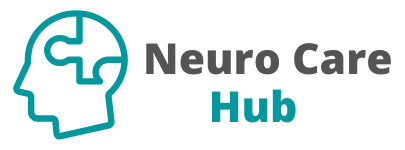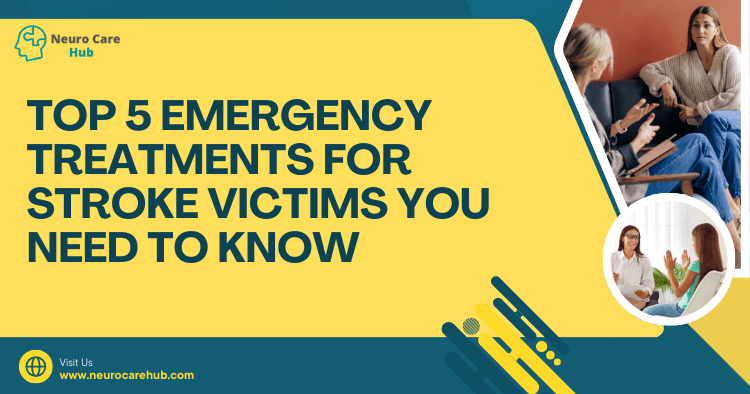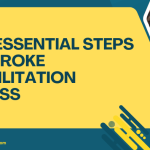Table of Contents
- Understanding Stroke
- Recognizing Stroke Symptoms
- Immediate Medical Attention
- Administering tPA (Tissue Plasminogen Activator)
- Mechanical Thrombectomy
- Supportive Care
- FAQs
Understanding Stroke
A stroke occurs when blood flow to an area of the brain is interrupted, leading to damage in brain tissue. There are two primary types of strokes: ischemic strokes, caused by blockages, and hemorrhagic strokes, caused by bleeding. Understanding the nature of a stroke is vital for effective emergency treatment. According to the Centers for Disease Control and Prevention (CDC), approximately 795,000 people experience a stroke each year in the United States, making it crucial to know how to respond promptly.
“Swift action can be the difference between life and death. Every second counts during a stroke!”
Recognizing Stroke Symptoms
Recognizing the symptoms of a stroke is critical for saving lives. The FAST acronym is an easy way to remember the warning signs:
- Face drooping: One side of the face may droop or feel numb. Ask the person to smile. Is the smile uneven?
- Arm weakness: One arm may feel weak or numb. Ask the person to raise both arms. Does one arm drift downward?
- Speech difficulty: Speech may be slurred or strange. Ask the person to repeat a simple sentence. Is it repeated correctly?
- Time to call emergency services: If you notice any of these symptoms, call emergency services immediately.
Visual Table: FAST Symptoms
| Symptom | What to Look For |
|---|---|
| Face Drooping | Uneven smile or drooping face |
| Arm Weakness | One arm drifts downward or is weak |
| Speech Difficulty | Slurred or unusual speech |
| Time to Call | Call emergency services immediately |
“Remember: Recognizing symptoms early can save a life. Don’t hesitate to act!”
Immediate Medical Attention
Time is of the essence when it comes to treating a stroke. The sooner medical professionals can intervene, the better the chances of minimizing brain damage. Always call emergency services if you suspect someone is having a stroke. In many regions, using emergency numbers like 911 can connect you to trained professionals who can provide guidance while help is on the way.
What Happens Upon Arrival
When emergency personnel arrive, they will quickly assess the situation. They often perform tests to determine the type of stroke and its severity. This assessment typically involves:
- Medical history review: Understanding prior health issues.
- Neurological exams: Tests to gauge speech, movement, and cognition.
- Imaging tests: CT scans or MRIs to visualize the brain.
“Emergency responders are trained to act quickly and efficiently. Trust their expertise.”
Administering tPA (Tissue Plasminogen Activator)
For ischemic strokes, one of the most effective emergency treatments is the administration of tPA, a clot-busting medication. tPA works by dissolving the blood clot that is blocking blood flow to the brain. Ideally, it should be given within 3-4.5 hours of the onset of symptoms to be most effective.
How tPA Works
- Diagnosis: Medical professionals determine whether the stroke is ischemic through imaging.
- Administration: If appropriate, tPA is given intravenously.
- Monitoring: Patients are closely monitored for any potential side effects, such as bleeding.
For more information on tPA, check out this resource from the American Stroke Association.
“tPA can significantly improve outcomes for stroke patients if administered promptly.”
Mechanical Thrombectomy
In some cases, especially when a large vessel is blocked, a mechanical thrombectomy may be necessary. This procedure involves physically removing the clot using a catheter. It’s often performed in specialized stroke centers and can be a lifesaver for patients who are not eligible for tPA.
The Procedure
- Preparation: Patients are sedated, and the area around the groin is cleaned and numbed.
- Catheter Insertion: A catheter is inserted into a blood vessel and guided to the clot.
- Clot Removal: Special tools are used to either suction or grab the clot.
- Post-Procedure Care: Patients are monitored for complications and recovery.
For more details on this procedure, visit the National Institutes of Health (NIH).
“Mechanical thrombectomy can be a game changer for those who suffer from severe strokes.”
Supportive Care
After the immediate treatments, supportive care is crucial. This includes:
- Monitoring vital signs: Keeping an eye on blood pressure, heart rate, and oxygen levels.
- Rehabilitation: Depending on the severity of the stroke, physical, occupational, and speech therapy may be needed.
- Emotional Support: Counseling and support groups can help patients and families cope with the aftermath of a stroke.
“Supportive care is essential for recovery, addressing both physical and emotional needs.”
FAQs
What should I do if I suspect a stroke?
If you suspect a stroke, act FAST and call emergency services immediately. Do not wait to see if symptoms go away.
Can I give the person something to eat or drink?
No! Do not give the person anything to eat or drink, as they may have difficulty swallowing, which could lead to choking.
How can I prevent a stroke in the future?
Maintaining a healthy lifestyle can reduce the risk of stroke. This includes regular exercise, a balanced diet, managing blood pressure, and avoiding smoking. You can learn more about the importance of neuro care in maintaining overall health in our article Top 5 Reasons Neuro Care is Essential in Modern Medicine.
Are there any long-term effects of stroke?
Yes, many stroke survivors experience long-term effects such as mobility issues, speech difficulties, and emotional changes. Rehabilitation can help manage these challenges.
Understanding the emergency treatments for stroke victims can save lives. By recognizing the symptoms and acting quickly, you can play a crucial role in providing the necessary care until professional help arrives. For more information on stroke prevention and care, visit the Stroke Association. Also, consider exploring our article on Top 5 Emergency Neuro Care Tips When Every Second Counts to gain deeper insights into urgent neuro care scenarios.






